In 1874, the Ingalls family moved to Plum Creek in Minnesota. They built what was likely the nicest house they’d ever lived in, the weather was perfect and they expected a perfect crop that would pay off their debts. Then disaster struck with the arrival of the Rocky Mountain locust invasion of 1875.
Video Features
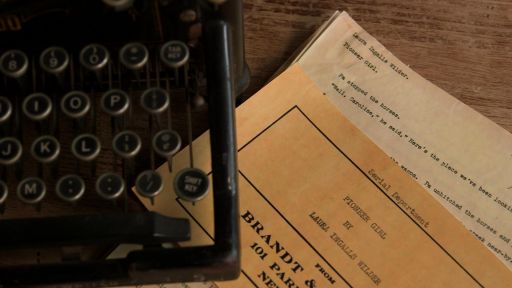
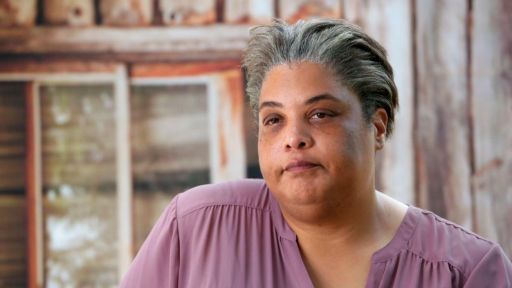
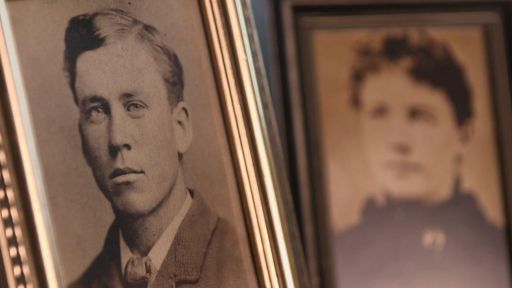
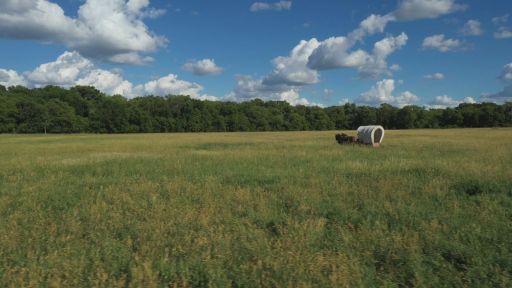
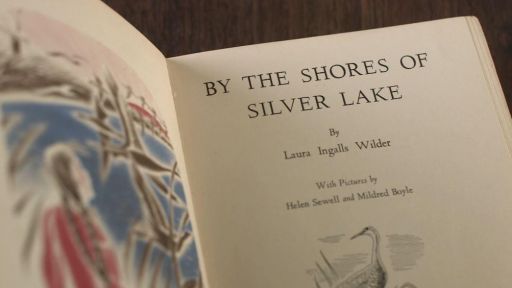
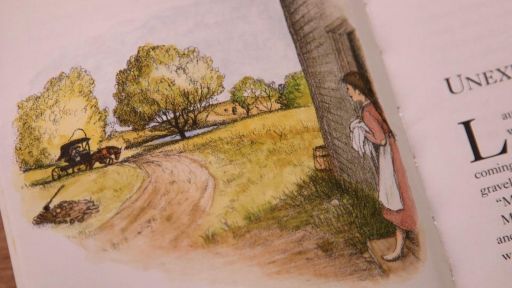
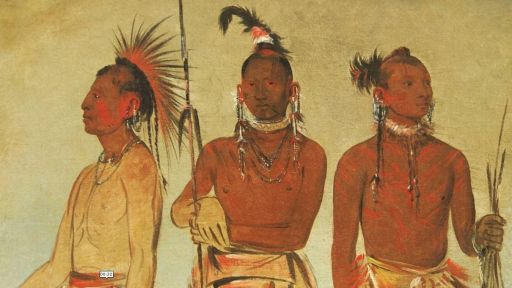
Written Features
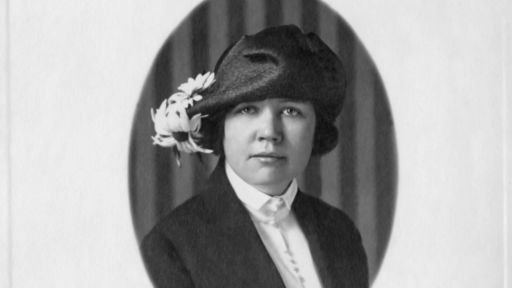

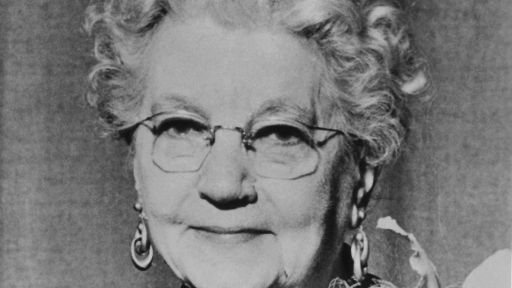
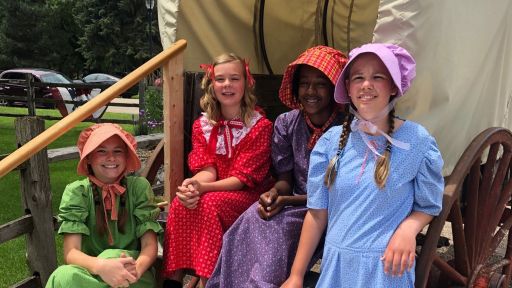
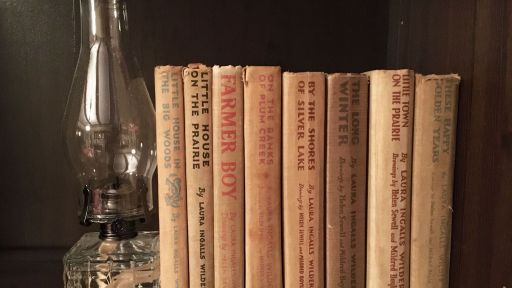

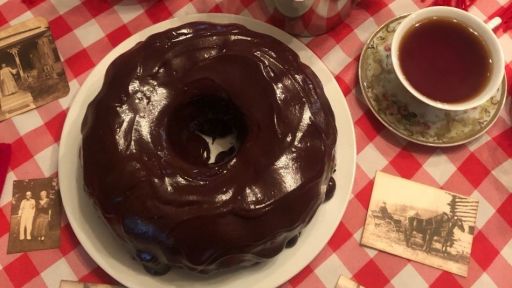

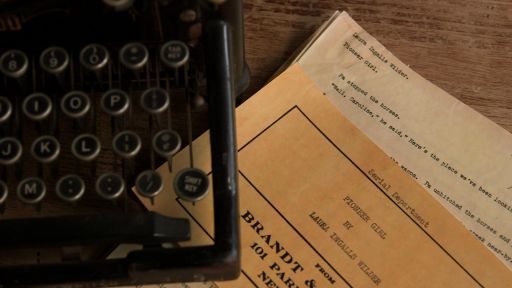
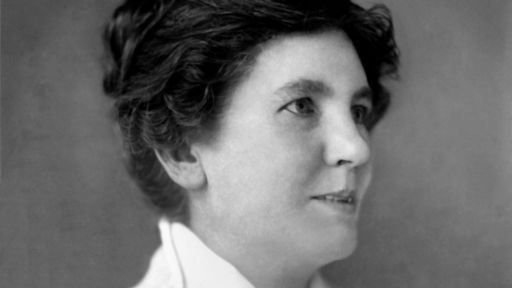

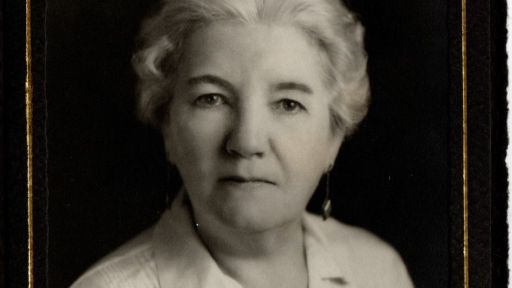

Quizzes & Games
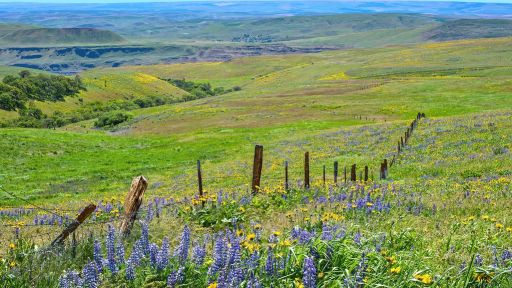
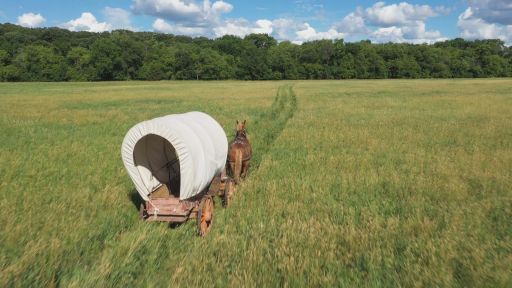

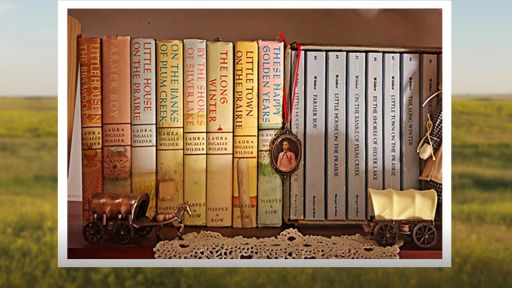
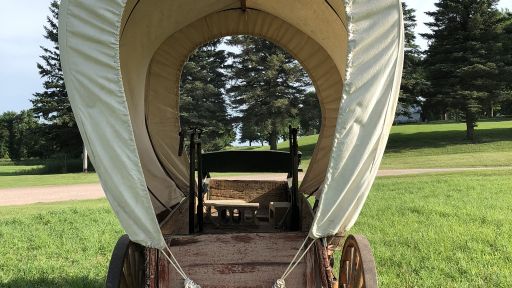
(gentle music) - [Narrator] Disaster was looming when the Ingalls moved West to Minnesota to start a new life in a dugout.
- The Ingalls family comes to this area near Walnut Grove in 1874, and they settle in this place called Plum Creek, which is a beautiful spot.
And they begin all over again, he builds a house, she calls it the beautiful house.
I think it was one of the nicest places that they'd ever lived.
And then of course he plants this beautiful crop, and it's growing very nicely.
- The weather was just right and the crops grew and grew.
He said the grain was all soft and milky yet, but it was so well grown.
He felt sure we would have a wonderful crop.
- The wheat is coming up, and it's gonna pay all their debts. (laughs) They've built castles in the sky on this crop, and then they hear their neighbors screaming.
- 'The grasshoppers are coming, the grasshoppers are coming,' she shrieked.
'Come and look!' (intense music) And then we saw that the cloud was grasshoppers, their wings a shiny white, making a screen between us and the sun.
- [Narrator] It's 1875, and the Ingalls have just experienced the Rocky Mountain locust invasion, trillions of grasshoppers in a cloud that covered nearly 200,000 square miles.
Grasshoppers would again ruin a second Ingalls harvest the following season.
- The grasshoppers eat everything, and how heartbreaking that must have been, because it just destroyed all of their hopes in a matter of hours.
- [Narrator] The locust plague appears true to life in Wilder's fourth novel, 'On the Banks of Plum Creek.'
- What I think is really striking is that her account in 'Pioneer Girl,' which is essentially nonfiction, traces fairly closely to what she did in the fictional version in 'On the Banks of Plum Creek.'
It's relatively close.
